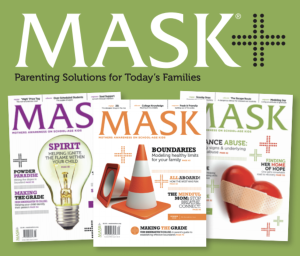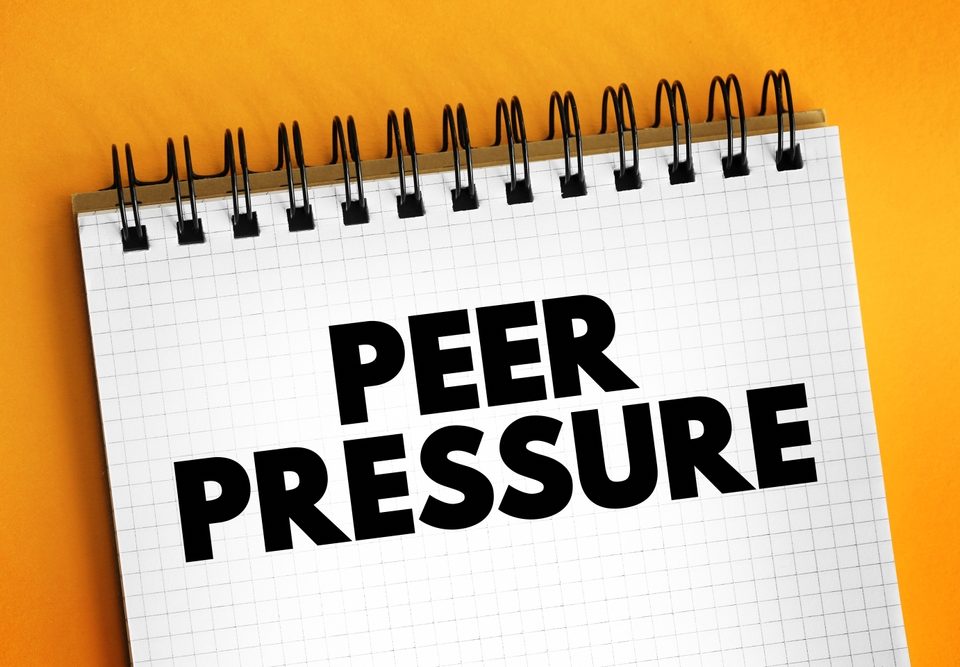
Boundaries for the Elementary Years
July 10, 2022
The Two Broad Developmental Goals To Meet
July 12, 2022Automobile crashes are the leading cause of death among American teens. The risk for motor vehicle crashes is higher among 16- to 19-year-olds than any other age group. In fact, per mile driven, 16- to 19-year-old drivers are three times more likely than drivers age 20 or older to be in a fatal crash.
The figures for teenage drivers with Attention Deficit Hyperactivity Disorder (ADHD) are even more sobering. Studies show that young people diagnosed with ADHD, who often find it difficult to sustain their attention and control their impulses, have abnormally high rates of traffic violations, accidents, and instances of driving without a license.
A 2002 study funded by the National Institute of Child Health and Human Development reported that about 20 percent of the 105 people with ADHD who were studied had their license suspended or revoked. The same number had received 12 or more traffic citations or caused more than $6,000 in damage in their first crash. Those figures are two to four times the norm for young adult drivers.
Know the traits
If your teen has ADHD, you and he must understand that the core symptoms of inattention and impulsivity (the inability to inhibit behavior) have serious implications for driving safety. It takes only one occasion of not paying attention or acting on an impulse while driving a car to have devastating consequences.
Two of the most common traffic violations for people with ADHD are speeding and failure to yield. When teens don’t pay attention (they “space out” or daydream, or are distracted), they’re more likely to exceed the speed limit or miss a stop sign. Many teens with ADHD lose track of time and are often late. Mistakenly, they think they can make up the time by driving faster, which can cause them to lose control of their vehicles.
Being impulsive means acting first and thinking about it later—or perhaps not at all. So even if your teen knows the rules, he may take the chance that he can get by anyway. An example of impulsive driving is cutting around another car stopped at a stop sign, driving up on the curb to avoid waiting, or using the car for thrills or to show off, such as drag racing or towing a friend on a skateboard.
Proactive parenting
Teens with ADHD are known to be immature in their ability to inhibit their behavior that is inappropriate to the task at hand. Parents are cautioned that teens with ADHD may be as much as one-third their chronological age behind their peers. This means that a 15-year-old may be more comparable to a 10-year-old in terms of ability to control his impulses.
As a parent, you need to assess your teen’s maturity level honestly and perhaps delay his application for a driver’s license until he is more mature. Having your teen drive with a learner’s permit for a longer time will allow you more opportunities to observe his driving behaviors and help with problem areas.
There is much more to learn about the impact of ADHD on driving skills. The bottom line is that teens with ADHD need to pay particular attention to their driving ability. As a parent, you will need to become educated about ADHD treatments and risk factors in driving to be able to guide your teen in becoming a safe driver.
MASK the Parenting Magazine a quarterly publication providing solutions for Today’s Families.
The parenting manual offering solutions to the modern-day challenges families face. From Pre-K
through College stay up to date on the modern day issues families face.
Are you up to date on the issues your child is facing?
MASK Mothers Awareness on School-age Kids offers parenting solutions for today’s families. MASK tackles important topics – from drugs and alcohol to bullying and Internet safety -and gives students, parents and the community the knowledge and tools to manage these potential challenges.
Subscribe today! https://www.tools4teaching.com/product/mask-the-magazine/
Download and share the MASKmatters app now! Made for children, parents, teachers and in Spanish.
Have solutions at your fingertips
Available free on apple and google play links below
Apple https://apps.apple.com/us/app/maskmatters/id1482305692
Google Play
https://play.google.com/store/apps/details?id=com.maskmatters.maskmattersapp&hl=en_US&gl=US




